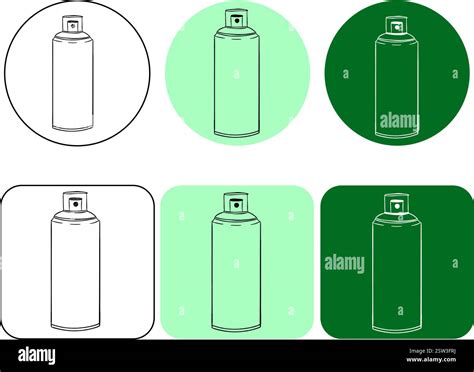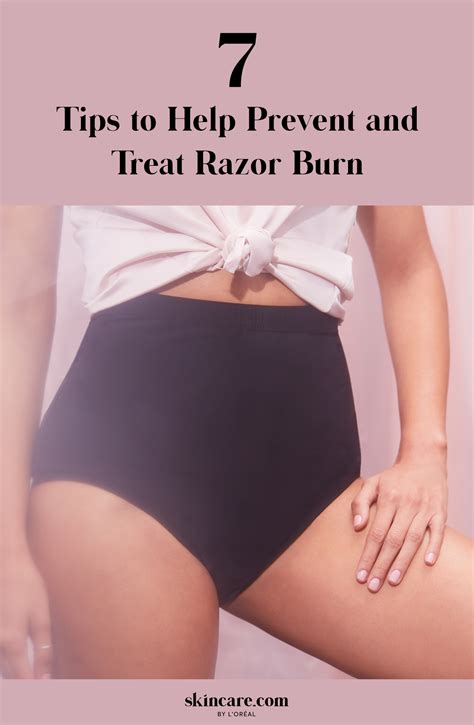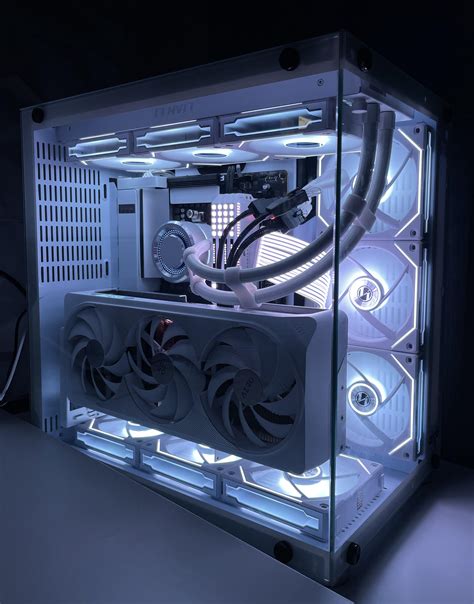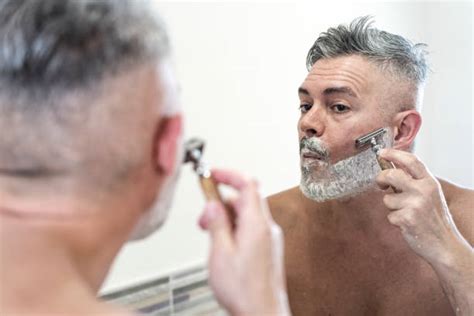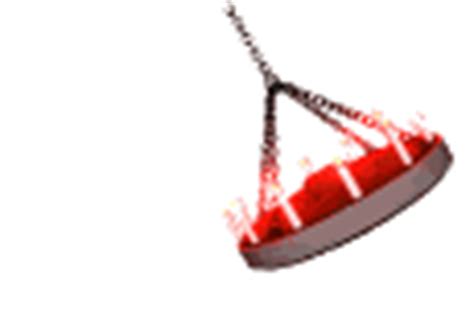Optimize shave: Prevent razor burn & ingrowns for daily edge?

Achieve the Perfect Shave: Banish Razor Burn and Ingrown Hairs
For many, daily shaving is a necessary ritual, but it often comes with unwanted guests: razor burn, redness, and painful ingrown hairs. These common irritations can transform a simple act of grooming into a source of frustration. The good news is that with a few simple adjustments to your routine, tools, and technique, you can dramatically improve your shaving experience, leading to consistently smooth skin and a confident, sharp look every day.
The Foundation: Pre-Shave Preparation is Key
A successful shave begins long before the razor touches your skin. Proper preparation softens your hair, opens your pores, and creates a protective barrier, all of which are crucial for minimizing irritation and maximizing closeness. Never rush this vital first step.
- Warm Water Wash: Start by washing your face with warm water or, ideally, shaving after a warm shower. The steam and heat soften stubble and open up pores, making hairs easier to cut.
- Exfoliate (Occasionally): 2-3 times a week, gently exfoliate your skin to remove dead skin cells that can trap hairs and lead to ingrowns. Use a mild facial scrub or a soft brush.
- Pre-Shave Oil: A quality pre-shave oil creates a slick layer on your skin, allowing the razor to glide more smoothly and reducing friction. It also adds an extra layer of moisture and protection.

Mastering Your Shaving Technique
How you wield your razor is perhaps the most critical factor in preventing irritation. Hasty, aggressive strokes are a recipe for disaster. Slow down, be deliberate, and pay attention to the grain of your hair.
- Use a Sharp Blade: This cannot be stressed enough. A dull blade drags, pulls, and causes irritation. Change your razor blade or cartridge every 5-7 shaves, or sooner if you feel any tugging.
- Go With the Grain: For your first pass, always shave in the direction your hair grows. This is the gentlest way to remove hair and significantly reduces the risk of ingrowns and razor burn.
- Short, Light Strokes: Use short, controlled strokes. Let the weight of the razor do the work; there’s no need to apply excessive pressure.
- Rinse Your Blade Frequently: Clogged blades are ineffective. Rinse your razor under warm running water after every few strokes to clear away hair and shaving cream.
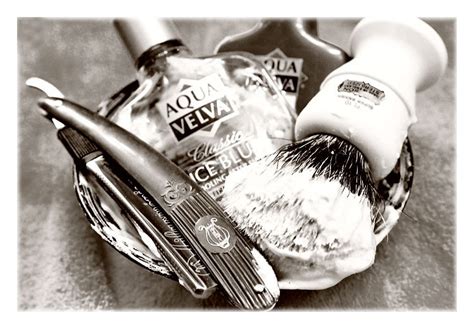
Choosing the Right Tools and Products
Your equipment plays a significant role in your shave quality. Invest in good quality products that suit your skin type and shaving needs.
- Quality Razor: Whether you prefer multi-blade cartridges, safety razors, or straight razors, ensure it’s well-maintained and has a sharp blade. Multi-blade razors can sometimes lift hair too much, increasing ingrown risk for some; a good single-blade safety razor might be an excellent alternative to explore.
- Shaving Cream/Gel/Soap: Ditch aerosol foams for rich, lubricating creams, gels, or soaps that create a dense lather. These provide better cushion and glide for your razor. Look for ingredients like glycerin, aloe vera, and shea butter.
- Shaving Brush (Optional but Recommended): A good brush helps lift hairs, creates a richer lather, and gently exfoliates the skin.

Post-Shave Care: Soothe and Protect
The shave isn’t over until you’ve properly treated your skin afterward. Post-shave care is essential for calming irritation, closing pores, and moisturizing.
- Rinse with Cold Water: After shaving, rinse your face with cool water to close pores and remove any residual shaving cream.
- Apply Aftershave Balm: Avoid alcohol-based aftershaves if you’re prone to razor burn, as they can be drying and irritating. Instead, opt for a soothing, hydrating aftershave balm or lotion with ingredients like aloe vera, witch hazel (alcohol-free), and chamomile.
- Moisturize: Finish with a good quality facial moisturizer, even if your aftershave has moisturizing properties. Hydrated skin is healthy skin.

Troubleshooting Ingrown Hairs
If ingrown hairs are a persistent problem, consider these additional tips:
- Avoid Tight Clothing: After shaving, avoid wearing tight collars or clothing that can rub against freshly shaved skin and push hairs back into the follicle.
- Don’t Pick: Resist the urge to pick at ingrown hairs, as this can lead to infection and scarring.
- Topical Treatments: For stubborn ingrowns, a salicylic acid or glycolic acid treatment can help exfoliate the skin and release trapped hairs.
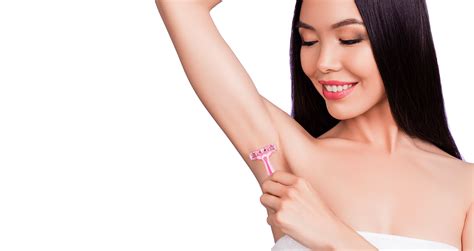
Conclusion: A Smooth Path Forward
Achieving an optimal shave free from razor burn and ingrown hairs is an attainable goal. It requires a thoughtful approach, understanding your skin and hair, and consistently applying the right techniques and products. By integrating these practices into your daily grooming routine, you’ll not only enjoy a closer, more comfortable shave but also healthier, smoother skin, giving you that daily edge you desire with confidence and comfort.

